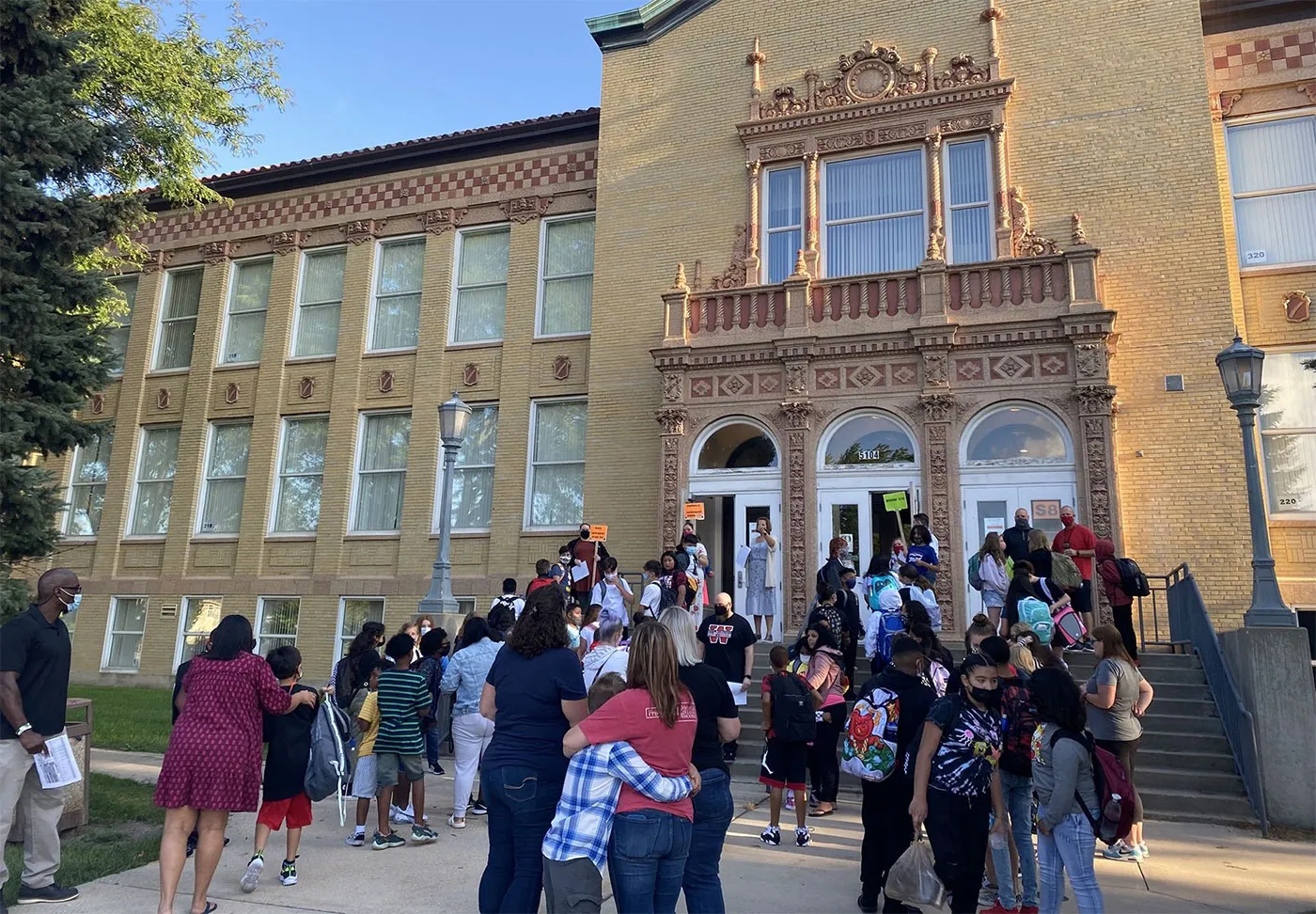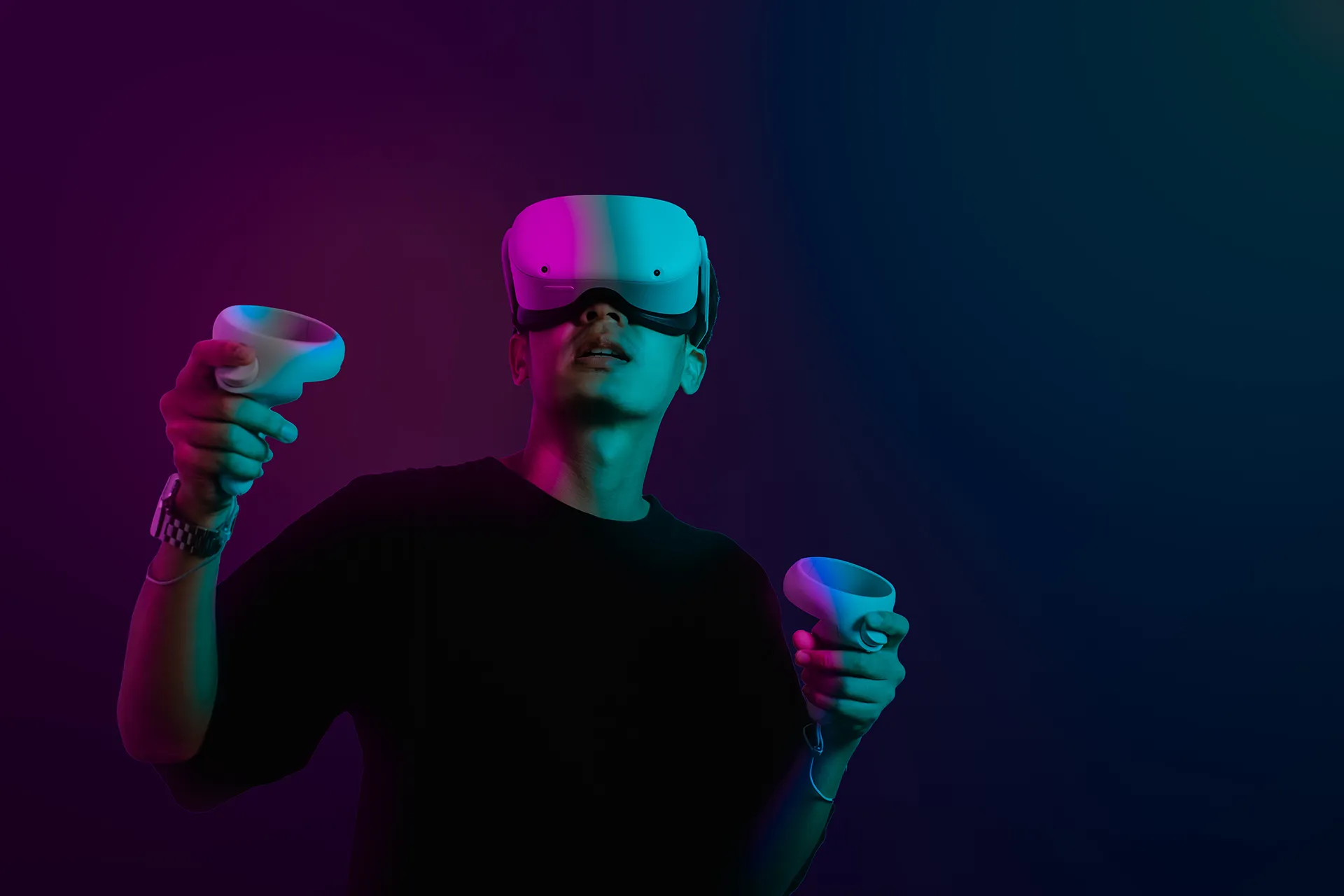
How West Allis-West Milwaukee School District Brings Immersive Technologies To Students In Poverty
Background
The School District of West Allis-West Milwaukee serves a diverse student population, with over 50% minority enrollment and 65% of students from economically disadvantaged backgrounds. With 18 schools and 7,400 students, the district's mission is to create experiences that build community, empower learners, and prepare them for a successful future.

Challenge
- Setting up headsets, distribution, charging and accounts still takes more time than computers, especially when the IT department of the district needs to be trained in using those on a daily basis;
- Getting teachers who don’t have a computer science background to feel confident to use VR can be a challenge;
- Making the curriculum fit in 40 minute classes including teachers having to get their students into headsets smoothly;
- Making sure that using VR for student creation is integrated as a core part of their existing lessons rather than “another thing they have to do”.

Solution
We addressed these challenges by launching the first Zoe Impact Program thanks to a grant from the Unity Charitable Fund and headset donations from Meta. The teachers and students at the West Allis-West Milwaukee School District are the first recipients.
Immersive learning is a way to bring the world to students who may not have other avenues to see it. These technologies expose them to what's possible for expressing themselves, learning about themselves, and choosing a college or career pathway that works for them and their caregivers.
Teacher Training Program Overview
Virtual Research, led by educators and innovators Kwaku Aning and Kevin Merges, brings new technologies, including VR/AR, blockchain, AI, and beyond, to schools.
The training program was delivered by Kwaku and Liz Nebo. It was split into two parts, with the first part focusing on Design Thinking approaches and the "why" of using VR in the classroom. The aim was to help teachers focus first on the outcome, before thinking about the technology.
- Researched and learned about virtual reality;
- Participated in brainstorming sessions;
- Created supporting visuals that communicated concept direction, wireframing, and/or storyboarding for virtual reality experiences;
- Learned about how to effectively design for immersive environments;
- Learned how to lead students through a similar experience;
- Created a lesson plan for their class.
Logistics…. and more logistics
We opted to have one set of headset per school that would be shared amongst the different classes, on average 5 classes per school and used ArborXR to manage the headsets across all the schools so that teachers have to do the least amount of work possible.
For those interested in how we recommend setting up school accounts, check out this guide.
Outcomes: First, getting teachers excited about the possibilities
Learning the ins and outs of VR and Zoe were difficult at first, but taking the time to go in and perform the tasks helped.
What really clicked for me was project ideas, workflow, and planning. The last class where we shared our plans and projects was probably the most beneficial session for me to see what everyone had gained and learned from the program.
You can find all of the resources that were used during this training on this page. Here is also a blog post created by the district talking about their experience during the program.
Next Steps
If you are a district administrator and interested in joining the Zoe adventure, feel free to contact us.
If you are a teacher excited to get started, join our Slack community!
I think VR is something that students can really get engaged with. It is new, challenging and cool to them. I feel that if we added more opportunities within VR for student creativity all could/would benefit.



